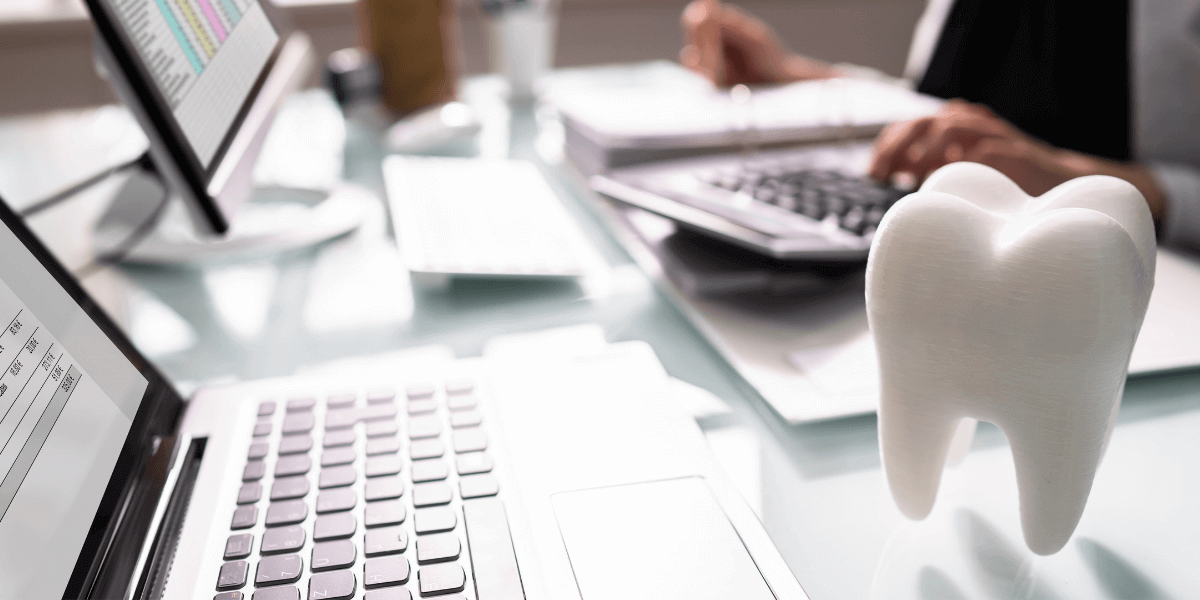
Teledentistry adoption grew throughout the pandemic. Dental providers and patients began to understand the benefits it brings. So understanding how to bill and code for teledentistry encounters is increasingly of value.
There are currently two CDT codes for teledentistry: synchronous (D9995) for real-time teledentistry encounters and asynchronous (D9996) for any-time messaging (or “store and forward” modalities). Let’s clear up possible confusion around how to use these codes in billing.
Synchronous (D9995)
Synchronous encounters, or “real-time” teledentistry, are simply when a provider is communicating with a patient via a live stream of data, such as a video call. A phone call can also be coded as a synchronous teledentistry encounter. Some types of services, such as prescribing, would require a synchronous visit. In some states regulations are in place to help combat prescription misuse and require dental patients and providers to meet face-to-face for prescribing prescriptions. In many cases, a synchronous virtual visit meets the requirements for evaluation and to establish the necessity for medication.
Asynchronous (D9996)
Asynchronous encounters don’t require the patient and provider to be connected simultaneously. Think text messaging. Asynchronous teledentistry has several advantages: it allows providers to capture patient and exam data to be batched, assigned, and triaged on the provider’s own schedule.
The Many Uses of Teledentistry
Teledentistry provides an opportunity to connect with patients who are not in the physical office, whether they’re unable to make the trip, increasing efficiency, or you’re reserving chair time for production.
Teledentistry can also be utilized in-office. A hygienist can capture data with the patient in the chair without the dentist needing to be at the chair or in the practice. For instance, they don’t need to be interrupted during a long procedure to complete a hygiene exam. Not all parents and guardians may be able to be physically present during the patient’s exam, but using synchronous teledentistry, they can be part of the consultation and get a walk through of their loved ones’ examination, diagnosis, and treatment plan.
The same is true for parents or even partners who are not available at the time of the appointment. Images, notes, and other data can be shared asynchronously through a secure platform and patient portal, like TeleDent. Decision makers can then review and discuss at a time that works for them. Case acceptance increases when a decision maker can be involved and understand the value and urgency of recommended treatment.
Teledentistry opens your practice to new opportunities for business growth. Practices are discovering patients in alternative settings such as long term care facilities, school based, outreach They are even expanding their business into offering teledentistry consultations to new patients.
To learn more about coding for teledentistry, register for our upcoming webinar with Jamie Collins, RDH-EA, BS, on Thursday, May 26th. Free CE credit is available with this webinar.
